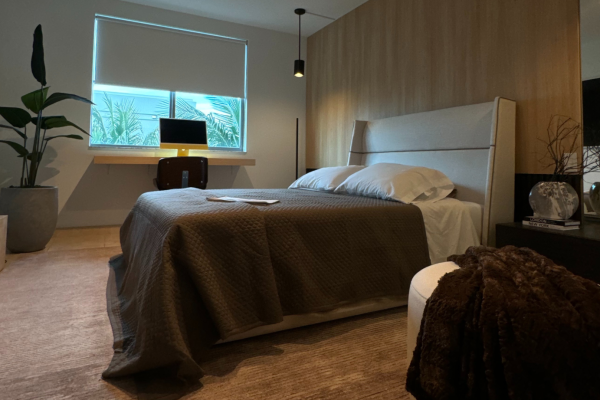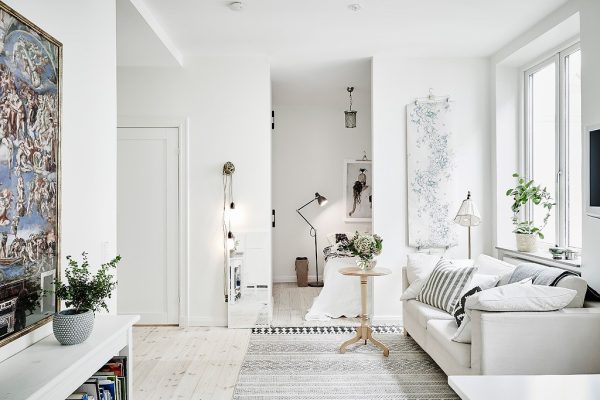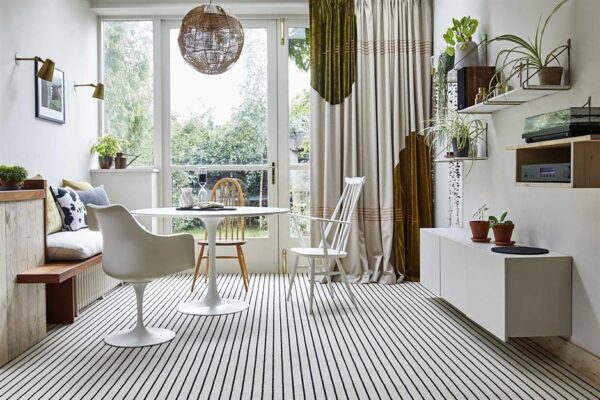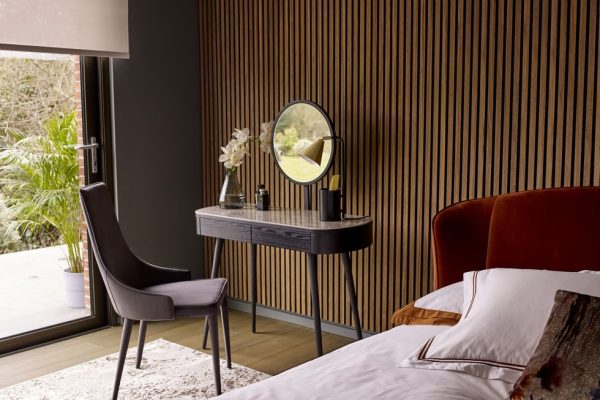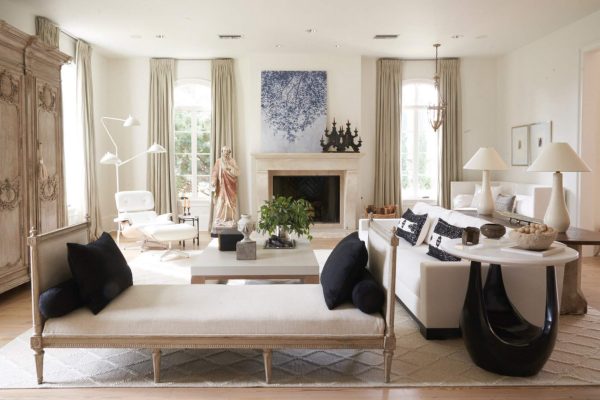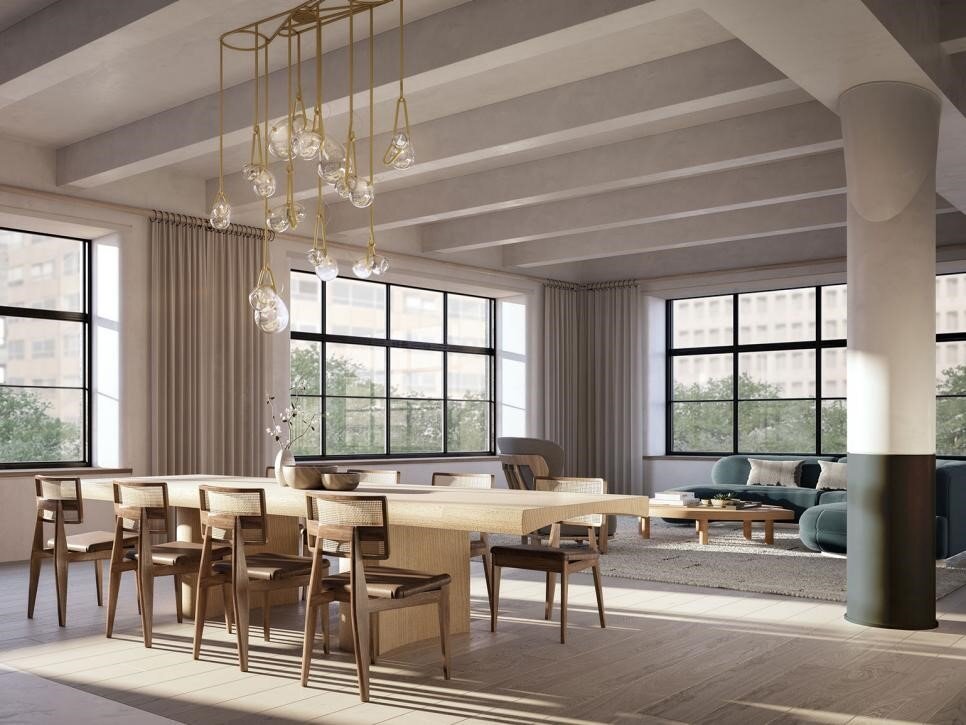
Interior design is often associated with aesthetics and creating visually pleasing spaces. However, it’s not just about arranging furniture and choosing colors. Interior design is a discipline that merges the art of aesthetics with the science of creating functional, safe, and healthy environments. In this blog, we’ll delve into the science of interior design, exploring the principles and techniques that go beyond mere beauty to enhance the quality of living spaces.
The Science of Interior Design
Ergonomics: Ergonomics is the science of designing spaces and furniture for optimal comfort and efficiency. Interior designers consider the human element, ensuring that furniture and layouts support natural body movements and postures.
Environmental Psychology: This field explores how our surroundings impact our emotions and behavior. Interior designers use principles from environmental psychology to create spaces that promote well-being and productivity.
Sustainability: Sustainable design incorporates principles of environmental science. Designers make eco-conscious choices by using recycled materials, energy-efficient systems, and sustainable practices to reduce a space’s environmental footprint.
Building Codes and Regulations: Interior designers must have a solid understanding of building codes and safety regulations to ensure that spaces meet legal and safety requirements.
Space Planning: Space planning is a science that involves optimizing the functional use of space. Interior designers use spatial analysis to determine how to best utilize available space for efficiency and comfort.
Materials and Textiles
Material Science: Understanding materials, their durability, and their environmental impact is crucial. Interior designers must choose materials based on their properties, maintenance requirements, and suitability for the intended use.
Textile Science: Textile selection involves understanding the science of fabrics, including factors like durability, colorfastness, and flammability. These considerations impact the safety and longevity of interior elements.
Acoustics and Lighting
Acoustics: The science of acoustics deals with sound control. Interior designers use principles of acoustics to create spaces with appropriate sound levels and to minimize noise pollution.
Lighting Design: Light affects both aesthetics and functionality. Lighting designers consider the science of illumination, including color rendering, glare control, and circadian rhythm influences.
Environmental Considerations
Indoor Air Quality: Interior designers prioritize indoor air quality by selecting materials and finishes that don’t release harmful pollutants, contributing to the health and well-being of occupants.
Thermal Comfort: Interior designers must understand thermal comfort principles, considering factors like insulation, heating, and cooling to create spaces that are comfortable year-round.
Conclusion
The science of interior design is a multifaceted discipline that goes beyond aesthetics to address functionality, safety, and the well-being of occupants. Interior designers draw upon principles from various fields, including ergonomics, environmental psychology, sustainability, and material science, to create spaces that not only look beautiful but also enhance the quality of life for those who inhabit them. By appreciating the science behind interior design, we gain a deeper understanding of how our living environments impact our daily lives.
